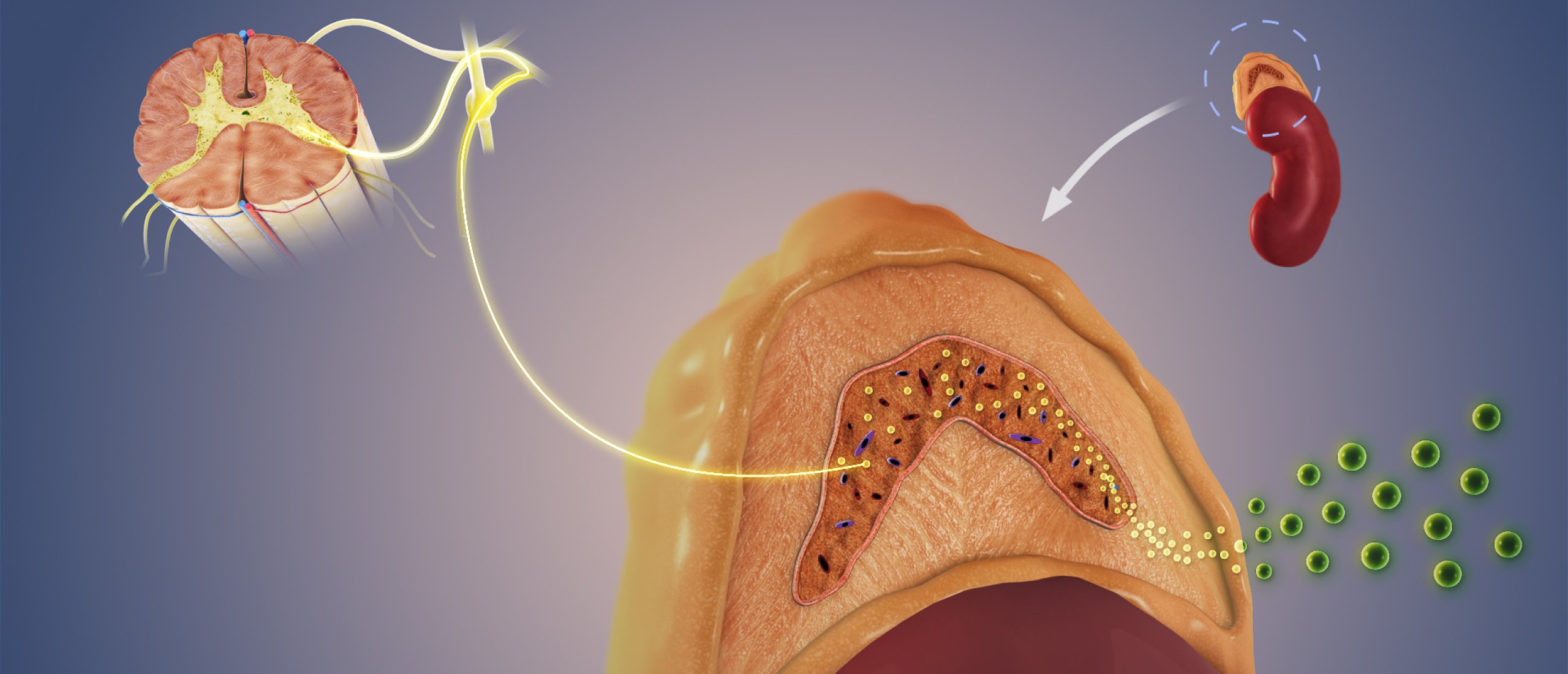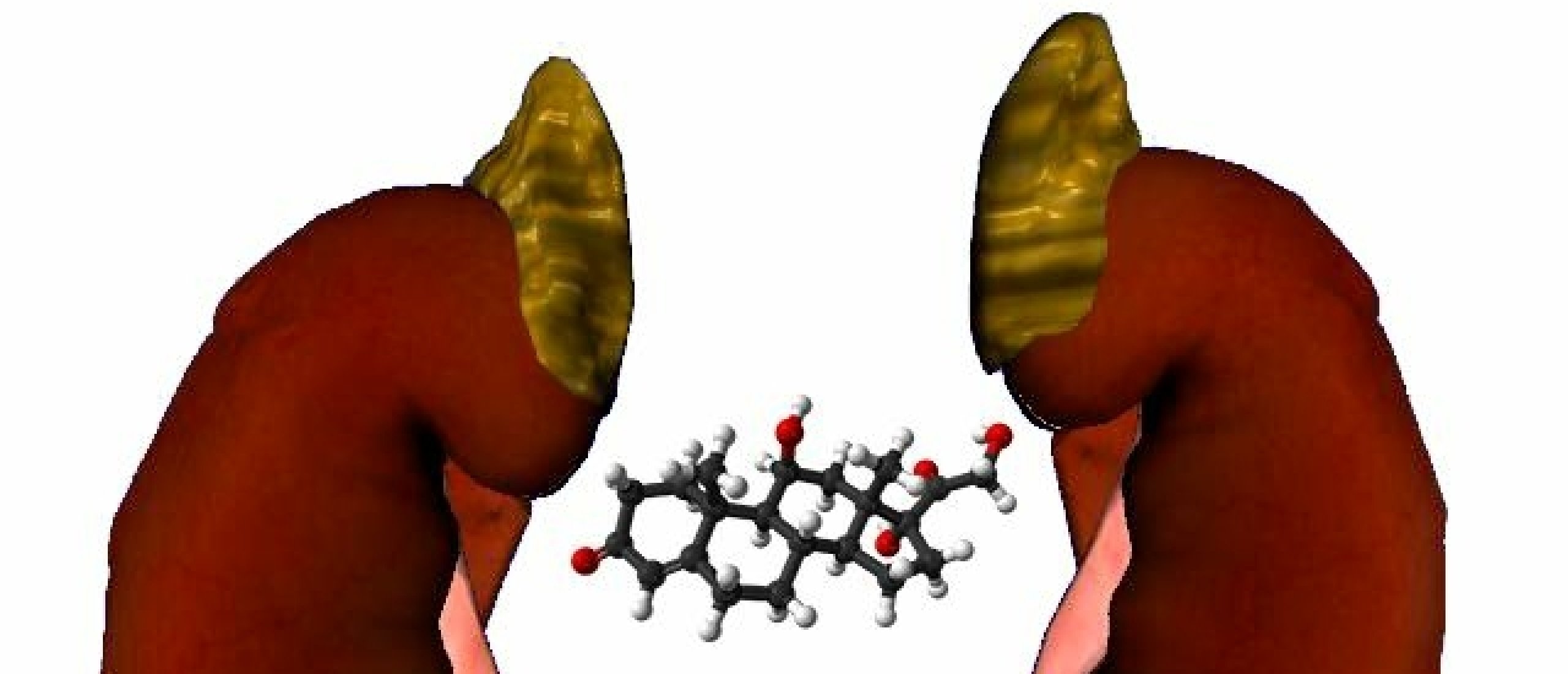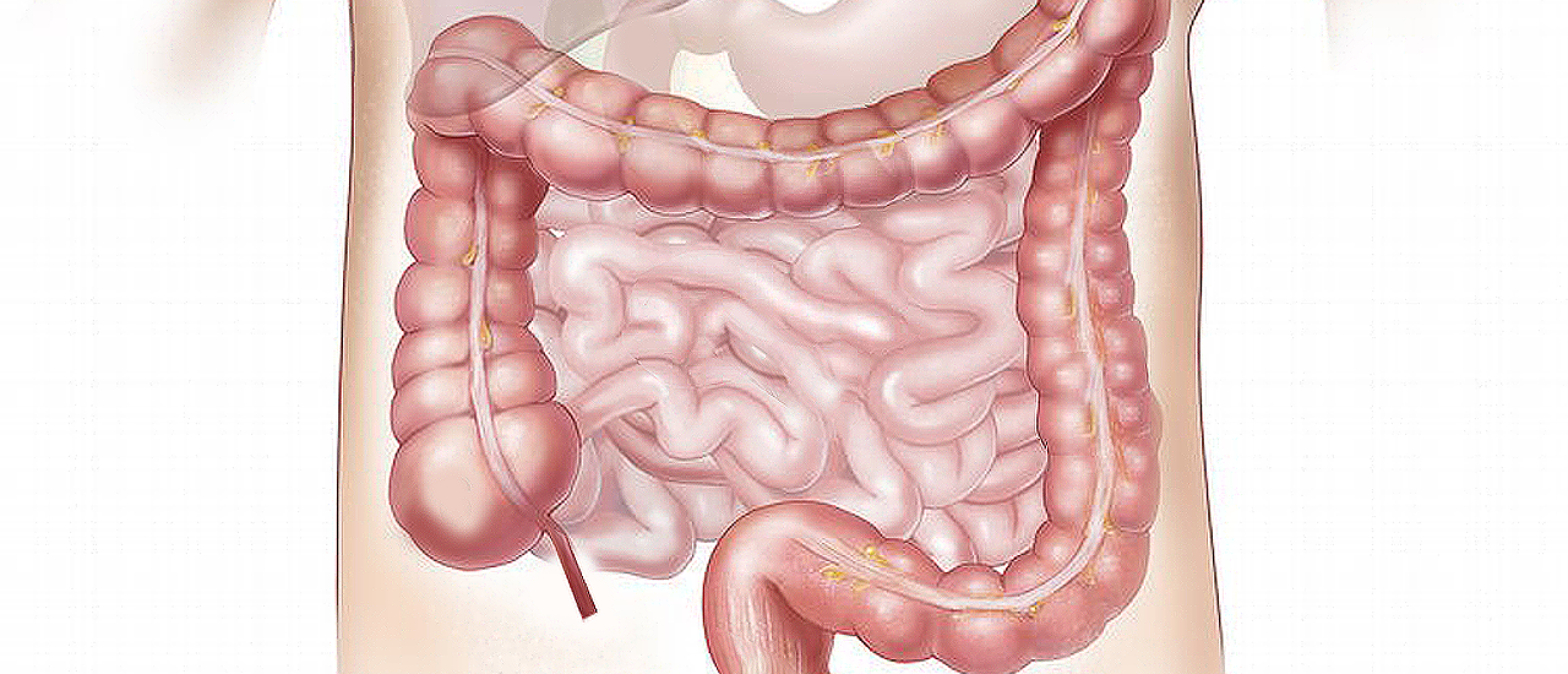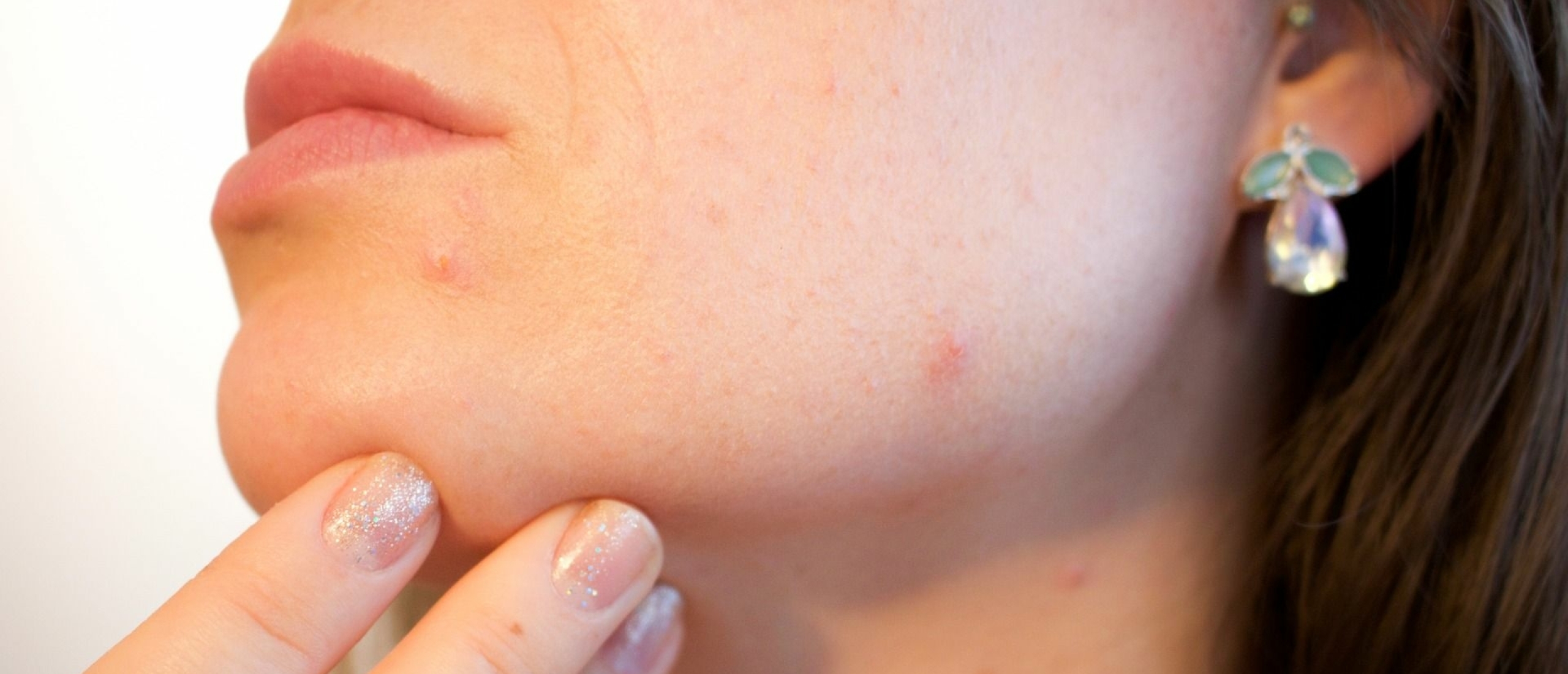
How people will react to stressful situations is highly personal. This is in part due to experiences during childhood. Children growing up with a lot of stress are more likely to fall prey to mental illness during adulthood, and show stronger stress responses when grown up.
Stress during childhood is a concern
We are tempted to think that stress is something for adults. Adult life conditions, such as employment, social interactions with friends and colleagues, marriage, financial worries are all known to cause stress.
But there is also serious cause for concern regarding childhood stress. According to scientific studies, stress levels and mental health disorders we encounter as adults may have their roots in stress experienced as children.
For many, it is easy to think that childhood is a phase of life that is marked by freedom, playfulness and innocence. In other words, anxieties are largely absent in childhood. Children do not need to worry about saving for retirement or making ends meet. However, stress comes in many forms for children. Think of tensions at school, with classmates or with the teacher. Children are experiencing their first social contacts, which can be marked by unpleasant experiences such as bullying at the playground.
These stressors are normal, and are part of every kid’s life. They do not leave permanent marks that make one suffer in adulthood.
However, children who grow up in violent households, conflict zones, or economically deprived neighborhoods go through significant stress and trauma. Some parents and caregivers might think that the children would outgrow these stressful events later. But research suggests that such severe stress in childhood might have long-lasting repercussions.
The Dutch famine of the winter of 1944-1945
Let’s look at a famous period in history to illustrate how early life stress increases the risk for health problems later in life. It is an example from The Netherlands during the second world war.
In September 1944, the advance of Allied forces stalled below Holland’s great rivers in the middle of the country. The Dutch government therefore called for a general stoppage of the railroads to support the Allied offensive. In response, the Germans banned all food transports from production areas in the north and east of The Netherlands to the west. In November 1944, transport of food via the waterways was allowed again, but the early harsh winter made this transport impossible. As a result, food supplies in the western part of The Netherlands were quickly depleted. This caused famine during the entire winter of 1944-1945 in the west of the country.
Children who were born in the period between October 1944 and October 1945 were thus exposed to an extreme stressor, which was malnutrition. These children have been followed throughout life in several scientific studies. Results of these studies indicate that the malnutrition experienced during the perinatal period increased the risk for developing cardiovascular disease during adulthood. Also, their hypothalamus-pituitary-adrenal axis (HPA-axis, one of the most important systems of the body that is involved in stress reactions) is more likely to be hyperactive. This means that people who have experienced severe stress or trauma during childhood will be more sensitive to stress during adulthood. This has also been found experimentally in laboratory animals.
Regulation of the production of the stress hormone cortisol
The HPA-axis is activated during stressful events, and results in the production and release of the stress hormone cortisol from the adrenal glands. Cortisol liberates glucose from the liver, which gives extra energy to the body to deal with a stressor (the problem that gives you stress or a stressful event). Cortisol further helps to distribute this energy to the organs that are involved in fighting off the stressor. It is thus a very useful and important stress hormone that helps you to overcome stress.
Cortisol becomes problematic when it is present for too long in the body. It will exhaust the body and cause mental problems such as depression, burnout and anxiety.
The HPA-axis can be hyperactive in adults who had suffered from early life stress. Even when there is no stress, the HPA-axis is turned on a little bit more than in adults who had a pleasant childhood without any serious turbulence. The question is then how this is possible. How can something stressful that occurred during childhood have a negative impact that is still felt during adulthood?
Scientists doing research on early life stress in laboratory mice have found an answer. The HPA-axis is a sequential hormonal event that starts in the hypothalamus in the brain that releases the hormone CRF. CRF will then go to the pituitary gland, located just below the brain, more or less in the middle. The pituitary gland will in response to CRF release another stress hormone, which is ACTH. ACTH stimulates the release of cortisol from the adrenal glands. It has turned out that CRF is not the only stress hormone that stimulates the release of ACTH. There is a second hormone, which is called vasopressin. CRF and vasopressin can work together to enhance the release of ACTH from the pituitary gland. In people who had been stressed early in their lives, the production of vasopressin is higher, and this leads to extra cortisol in the blood.
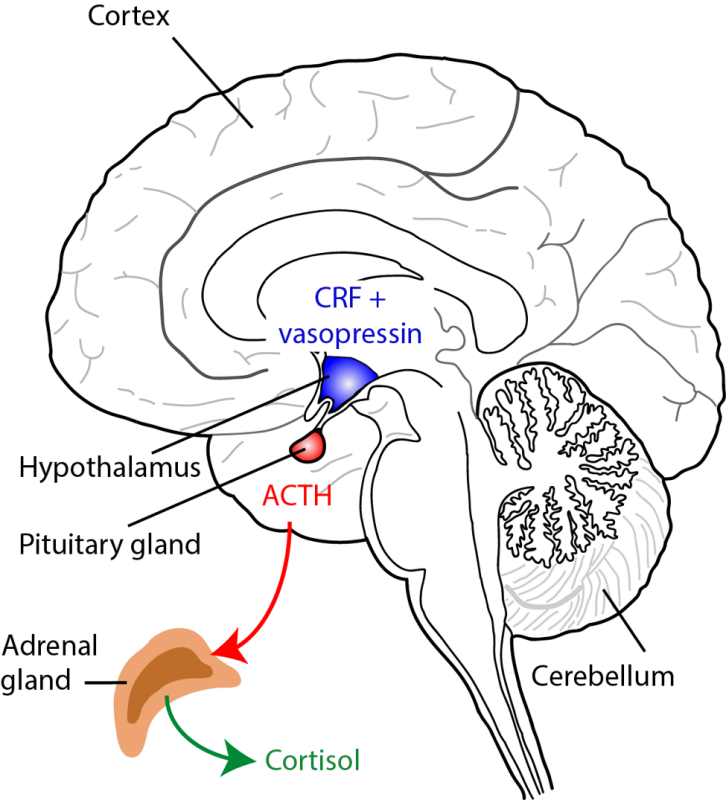 The HPA-axis in adults who have experienced severe stress and trauma during childhood is hyperactive. One of the reasons for this is that the production of vasopressin in the hypothalamus is enhanced. Together with CRF, it will strongly stimulate the production of ACTH by the pituitary gland, which in turn leads to increased cortisol concentrations in the blood.
The HPA-axis in adults who have experienced severe stress and trauma during childhood is hyperactive. One of the reasons for this is that the production of vasopressin in the hypothalamus is enhanced. Together with CRF, it will strongly stimulate the production of ACTH by the pituitary gland, which in turn leads to increased cortisol concentrations in the blood.
Changes during a critical period
During childhood, the brain and body are in development towards the adult forms. This is also the period during which internal equilibria, or homeostasis, are being established. If a child suffers from severe stress and trauma, then this is calculated into the equilibrium. In terms of stress, this means that HPA-axis activity is higher during childhood in response to the stressful and traumatic events. The enhanced vasopressin production is then fixed into homeostasis. This is done by proteins that bind to the part of the DNA where vasopressin is encoded. They make the vasopressin gene more accessible to the machinery in the hypothalamic cells that make vasopressin. This is what is known as an “epigenetic” change. Oftentimes epigenetic changes are stable, and are hard or impossible to reverse once they have been put in place. This means that the epigenetic changes on the vasopressin gene during childhood are part of a physiological equilibrium that is not easily changed. Therefore, vasopressin production remains high throughout life, and the HPA-axis will remain hyperactive during adulthood.
A happy childhood makes an happy adult
How you grow up as a child has an immense influence over how you will be as an adult. Early life stress leaves marks on the DNA that are hard to remove, and determine your mental and physical health in adulthood, together with other factors and experiences that you will accumulate over life. A peaceful childhood can therefore help to protect against mental disorders and overly strong stress sensitivity and reactivity throughout life.



